An avocado doesn’t start to ripen until picked from the tree, but the process happens rather quickly afterwards. Once ripe, there are generally only a few days before the fruit starts to spoil. If you’re wondering how to determine when an avocado is rotten and no longer good to eat, here are five signs that an avocado has gone bad.
1. Soft with dented skin
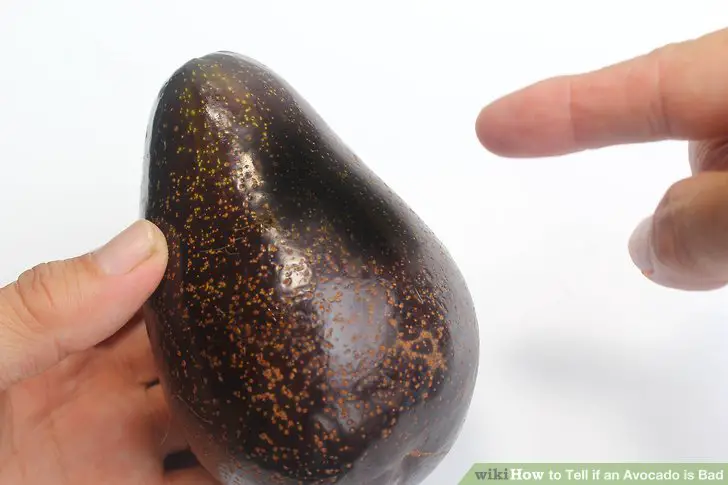 When checking for ripeness, use the PALM of your hand to gently squeeze the avocado. Don’t press the fruit with your fingers, as this may bruise the flesh. If the avocado is very firm and doesn’t give at all, it’s underripe. If it gives slightly, it’s likely ripe and ready to eat. However, if squeezing leaves a small indentation, it may be too ripe for slicing and will work better mashed.
When checking for ripeness, use the PALM of your hand to gently squeeze the avocado. Don’t press the fruit with your fingers, as this may bruise the flesh. If the avocado is very firm and doesn’t give at all, it’s underripe. If it gives slightly, it’s likely ripe and ready to eat. However, if squeezing leaves a small indentation, it may be too ripe for slicing and will work better mashed.
The fruit is overripe and probably spoiled if pressing leaves a large dent and the fruit feels mushy. Additionally, if an avocado already has a sunken area or looks deflated before you squeeze, it’s almost certainly past its prime.
2. Blackened skin
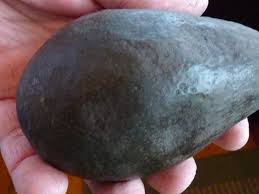 Some types of avocados undergo distinct skin color changes as they ripen — particularly the Hass variety, which accounts for about 80% of avocados eaten worldwide. When not fully ripe, Hass avocados have bumpy, bright green skin. It progresses to dark green or brown when ripe. If the skin looks nearly black and the fruit feels mushy upon touch, it’s overripe and likely spoiled. Other varieties, including the zutano and fuerte, retain their green skin color regardless of how ripe they are. Use other methods, such as feeling for firmness, to determine if they’re over-ripe.
Some types of avocados undergo distinct skin color changes as they ripen — particularly the Hass variety, which accounts for about 80% of avocados eaten worldwide. When not fully ripe, Hass avocados have bumpy, bright green skin. It progresses to dark green or brown when ripe. If the skin looks nearly black and the fruit feels mushy upon touch, it’s overripe and likely spoiled. Other varieties, including the zutano and fuerte, retain their green skin color regardless of how ripe they are. Use other methods, such as feeling for firmness, to determine if they’re over-ripe.
3. Dark, stringy flesh
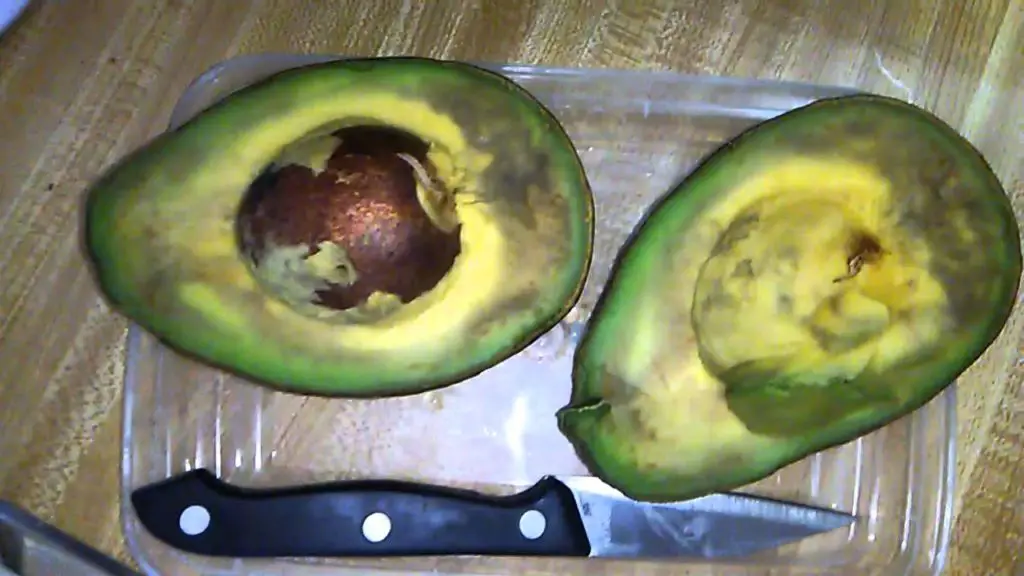 Once you cut an avocado, it’s easier to determine whether it is over-ripe. By that time, of course, it’s too late! An avocado that’s ready to eat has light green flesh. A rotten one has brown or black spots throughout the flesh. Having said that, an isolated brown spot may be due to bruising rather than widespread spoilage, and can be cut away. Another possible sign of rotting is dark streaks in the flesh.
Once you cut an avocado, it’s easier to determine whether it is over-ripe. By that time, of course, it’s too late! An avocado that’s ready to eat has light green flesh. A rotten one has brown or black spots throughout the flesh. Having said that, an isolated brown spot may be due to bruising rather than widespread spoilage, and can be cut away. Another possible sign of rotting is dark streaks in the flesh.
4. Off flavor or odour
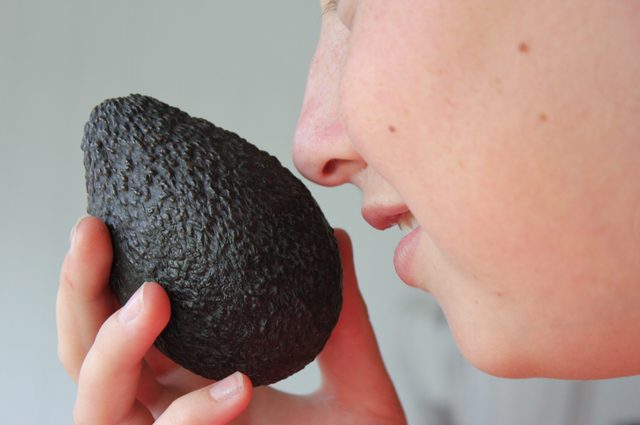 Ripe avocados have a pleasant, slightly sweet aroma and somewhat nutty flavor. As the fruit spoils, it may develop an abnormal taste and odour. If it has a sour taste or smell, it may have bacterial spoilage and should be discarded. A chemical odour and taste may mean it’s rancid. This can happen when oxygen or microbes damage or break down the fruit’s unsaturated fat. Rancidity can result in the formation of potentially toxic compounds. Don’t be tempted to eat an avocado if you think it’s rancid.
Ripe avocados have a pleasant, slightly sweet aroma and somewhat nutty flavor. As the fruit spoils, it may develop an abnormal taste and odour. If it has a sour taste or smell, it may have bacterial spoilage and should be discarded. A chemical odour and taste may mean it’s rancid. This can happen when oxygen or microbes damage or break down the fruit’s unsaturated fat. Rancidity can result in the formation of potentially toxic compounds. Don’t be tempted to eat an avocado if you think it’s rancid.
5. Mould
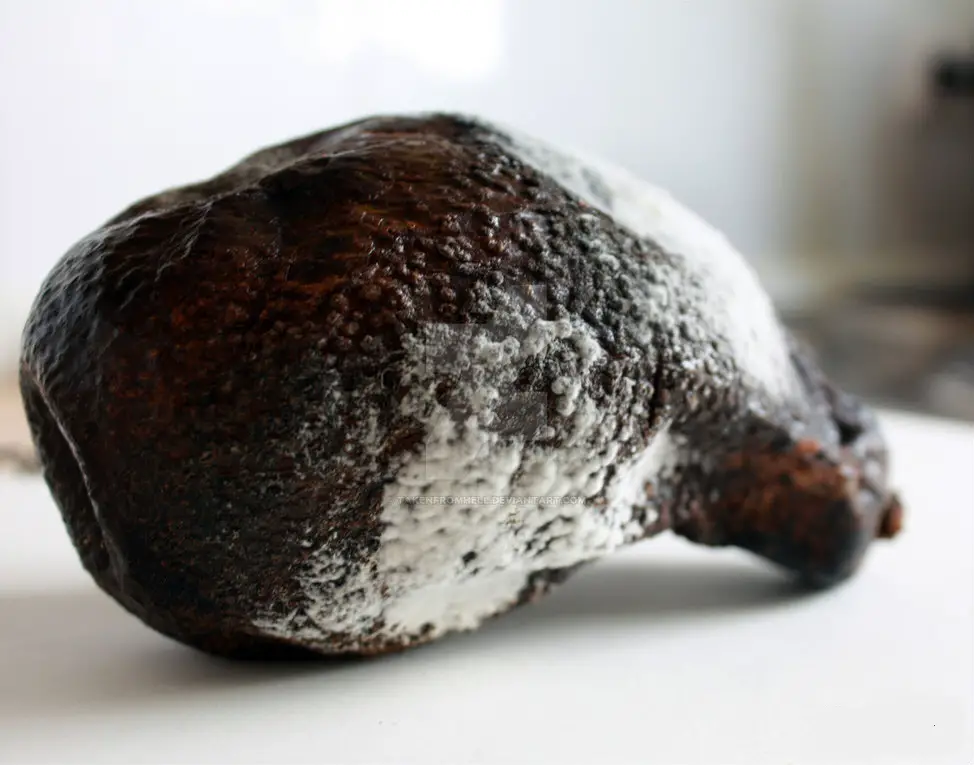 Mould on avocados is generally white or gray and looks fuzzy. Don’t sniff it, as you may inhale mould spores and trigger breathing problems if you’re allergic to it. Avoid buying avocados with mould on the exterior, as it can penetrate the flesh and cause decay.
Mould on avocados is generally white or gray and looks fuzzy. Don’t sniff it, as you may inhale mould spores and trigger breathing problems if you’re allergic to it. Avoid buying avocados with mould on the exterior, as it can penetrate the flesh and cause decay.
If you cut open an avocado and see mould, discard the entire fruit. Though you may only see mould in one area, it can easily spread through the soft flesh. Don’t attempt to salvage it.
Safety of overripe avocados
Whether it’s safe to eat an overripe avocado depends on the type of decay and how far it has progressed. Since ripening starts from the stem end and progresses downward, you might be able to use part of the overripe fruit if the flesh has just started to turn brown.
However, don’t eat discolored areas of an avocado, as they won’t taste good. Additionally, don’t try to salvage any part of a rancid, sour-smelling, or moldy avocado, as it has the potential to make you sick.
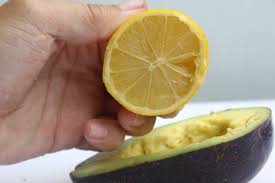 Keep in mind that once you cut an avocado, the flesh starts to brown due to oxygen exposure. This is a natural process, similar to how apples turn brown when cut. If you find it unappetizing, skim off the discolored layer and eat the rest. To minimize browning of cut areas, brush lemon juice on the flesh and store refrigerated in a sealed container.
Keep in mind that once you cut an avocado, the flesh starts to brown due to oxygen exposure. This is a natural process, similar to how apples turn brown when cut. If you find it unappetizing, skim off the discolored layer and eat the rest. To minimize browning of cut areas, brush lemon juice on the flesh and store refrigerated in a sealed container.
You can reduce waste if you keep a close eye on avocados and refrigerate them to slow the ripening process. Overly soft but unspoiled avocados are safe to eat and can be used to make guacamole, smoothies, salad dressing, and baked goods.
Inspect avocados carefully at the store and monitor them closely at home so you can avoid the need to discard them.